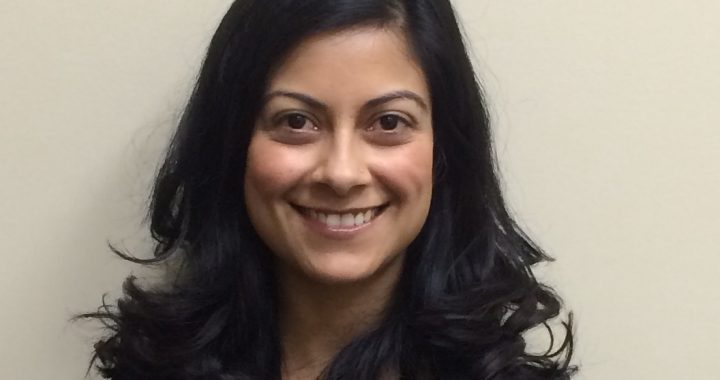During my PhD defence, my external examiner Dr. Alison Van Eenennaam an expert in Animal Biotechnology and Genetics from the University of California, Davis asked me, “If you could gene edit anything in cattle, what would it be?” Under pressure to respond quickly and concisely, I fumbled something unsatisfying but—just like those clever retorts you come up with after an argument is over and done with—I go back and redraft what I should have said every day.
Here’s the thing about gene editing: it’s excellent technology, used by bacteria to shred invading viral DNA as a defence mechanism. And it’s opening the door for medicine and agriculture to make precise, targeted edits in the genome for genetic solutions to serious challenges. But it’s expensive, highly regulated, and currently limited to traits that are impacted primarily by one (or few) genes. Most economically-relevant traits in agriculture, particularly livestock, are polygenic (many genes contribute a small proportion of variation observed).
So given the opportunity to rehash my response to Dr. Van Eenennaam’s question, I’d say, “Nothing, yet.” This is partially because the obvious (single) gene traits have already been edited. New, gene-edited variants for livestock, include:
Holstein cattle, genetically selected to produce high volumes of milk, are naturally horned. Horns pose a safety and welfare challenge to humans and animals in their proximity. Dehorning animals is labour-intensive, stressful and painful. The polled (hornless) genetic variant occurs naturally in other bovine populations: Angus, for example. Holstein bulls genetically edited to be polled by Acceligen and their progeny were tested extensively at the University of California, Davis. They offered dairy industries globally a way to improve animal health and welfare without having to crossbreed with a naturally-polled animal. Crossbreeding may offer significant advantages for horns and other traits such as fertility, body condition, foot structure and carcass quality but it would also reduce milk production. This particular gene editing endeavour also provided a lot of learning lessons, both in terms of quality control and in navigating regulations. In the process of seeking FDA approval for commercial use of the bull, a bacterial antibiotic resistance gene was found in the genome sequence due to the specific editing technology used.
Other gene edited variants include change of sex to male. Male offspring in beef production grow faster. This results in shorter time to market, less resource requirements and less environmental impact. Addressing animal health, two disease-resistant variants, one in pigs that targets susceptibility to porcine reproductive and respiratory syndrome (PRRS) virus and one in cattle that targets susceptibility to bovine tuberculosis have been developed. Both diseases have significant financial and welfare impacts. Also impacting animal welfare, several variants addressing heat stress and heat tolerance in cattle have been developed. One approach has been to change coat colour, moving from black to red or tan. Another approach has been to genetically engineer the slick coat gene in animals. Both variants for coat colour and slick coat are naturally occurring, and could be introduced to the population through crossbreeding. Gene editing eliminates having to manage other factors (advantages in some traits such as increased fertility are often realized by crossbreeding, and moderation to some production traits such as milk production might also be an outcome).
Growing global populations, shrinking resources such as land and water, and heightened social licence to operate have put significant pressure on agriculture to deliver consistent quality food at low prices. Science and technology can and do help deliver on both fronts. So as an advocate and proponent of science and technology, why wouldn’t I jump at the chance to genetically edit any trait?
The second half of my answer is in deference to my heritage and my parents. They want science and technology in their medicine, their cars, their computers, their smart phones that they use to communicate. They are not sure they want science and technology in their food. Now, I’m going to convince them of the benefits of genetic engineering. And, I’m going to convince them that we’ve learnt to look for the ‘unknowns and the unintended consequences’, to do the quality controls. But, this will take time. I don’t believe we should put food options on the market before we’ve had the opportunity to have this conversation with my parents, my community, your community—and all consumers.
We’d like to know: what traits would you genetically engineer into your livestock if you could? And as a consumer, are you comfortable consuming food produced using gene edited livestock?
Kajal Devani
Director of Science and Technology, Canadian Angus Association

